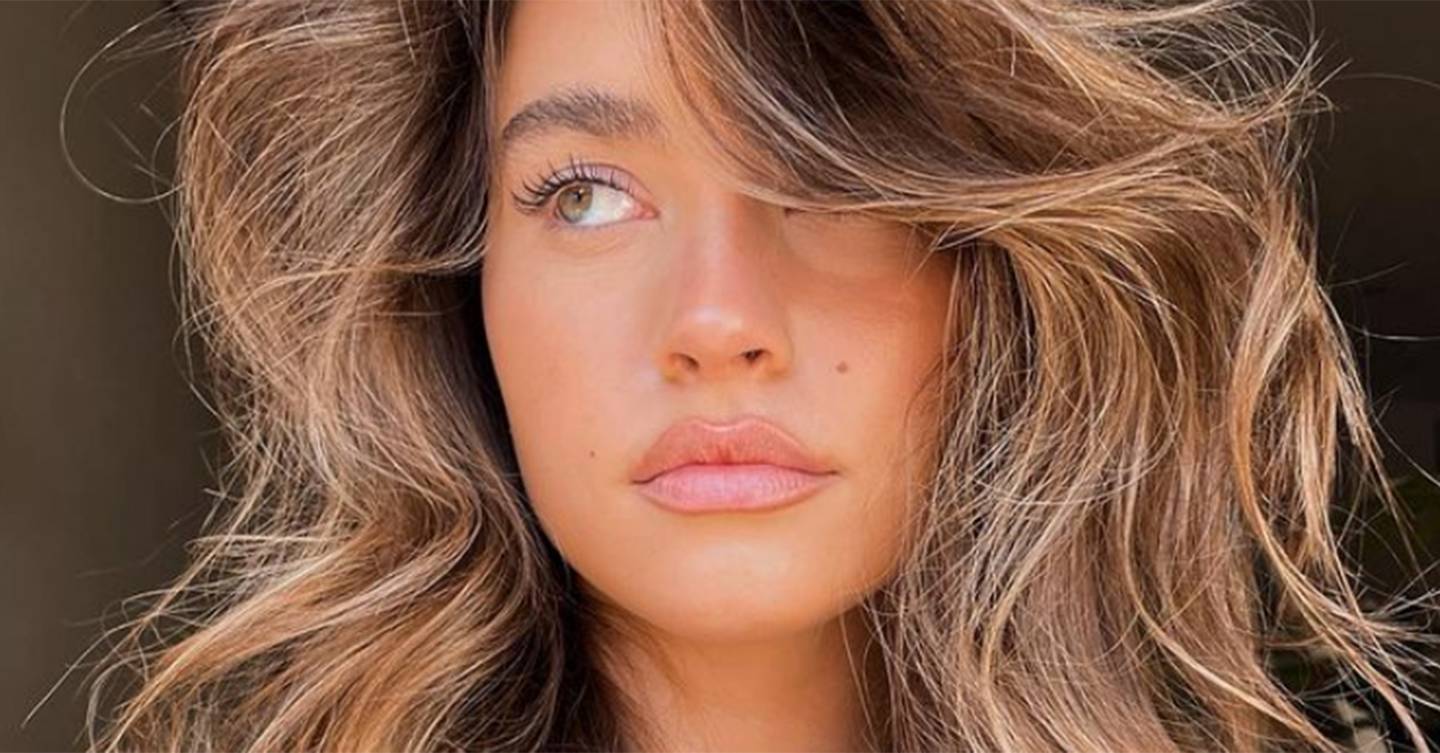When balayage came along is was like all our hair colour prayers had been answered. Finally, we could kiss goodbye to stripy highlights and hello to softly sun-kissed, multi-dimensional colour. The technique, which originated in France, used painterly strokes of dye applied freehand by a colourist, instead of the traditional way of weaving through sections of hair with a comb before applying dye from root to tip and folding foil around the section.
“Traditional highlights will almost always use foils and colour is applied to the root of the hair whereas balayage is a visual hand-painted technique working with pieces of hair,” explains HARI’s Creative Colourist, Francesca Dixon. “The results are very different as balayage gives hair a blended and overall softer subtle finish, whereas highlights (because they are added from the root) can often look stripy.”
For years, balayage has been the go-to hair colour technique in salons and by far the most popular among their customers. But recently, perhaps as a reaction to salons being shut for so long during lockdown, there’s been an explosion of bold hair colour looks emerging, with trends like peekaboo colour and ‘money piece’ highlights taking our salons and our social media feeds by storm.
While the subtle effect of balayage is still very much in demand, many are opting for a new, more pronounced version of the look using a technique that’s being dubbed ‘foilayage’. Here’s everything you need to know…
What is foilayage?
Foilayage is a combination of balayage with the use of foils more often seen in the traditional application of highlights to create brighter, lighter sections throughout while retaining a natural-looking finish.
How is foilayage applied?
The colourist sections hair and strategically applies hair dye, before wrapping the section in foils and leaving to develop. This amplifies the brightness and lightness of the section while retaining the flattering, face-framing benefits of balayage.
The key to the look is all in the way the colourist applies the foils. In traditional highlights, the colourist would apply dye from root to tip, before folding the entire section in one piece of foil.
With foilayage, the section has been carefully painted, often leaving out the root or with dye applied at a specific angle. To avoid mixing sections of hair that have had dye applied, and the sections that have been deliberately missed out, the colourist uses two sheets of foil to sandwich the hair, keeping the colour perfectly in place while it develops. The foils speed up the lightening process and create a brighter, more brilliant result.
What are the benefits of foilayage?
The result of foilayage is a more brilliant, brighter balayaged effect that has a beautiful gradient from root to tip. Many people prefer the greater contrast in colour, akin to an ombré finish but far better blended.
Like balayage, foilayage is one of the most low maintenance hair colour technique and can look just as gorgeous grown out as it did fresh out of the salon.
Looking for more hair colour ideas? Check out our round up of the very best hair colour inspiration to take to your next salon appointment.

